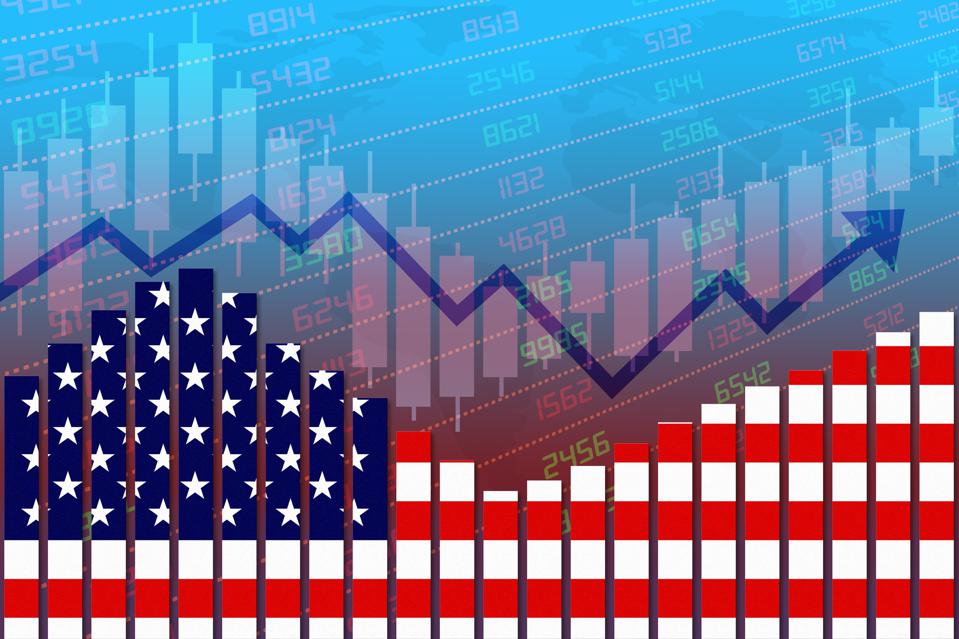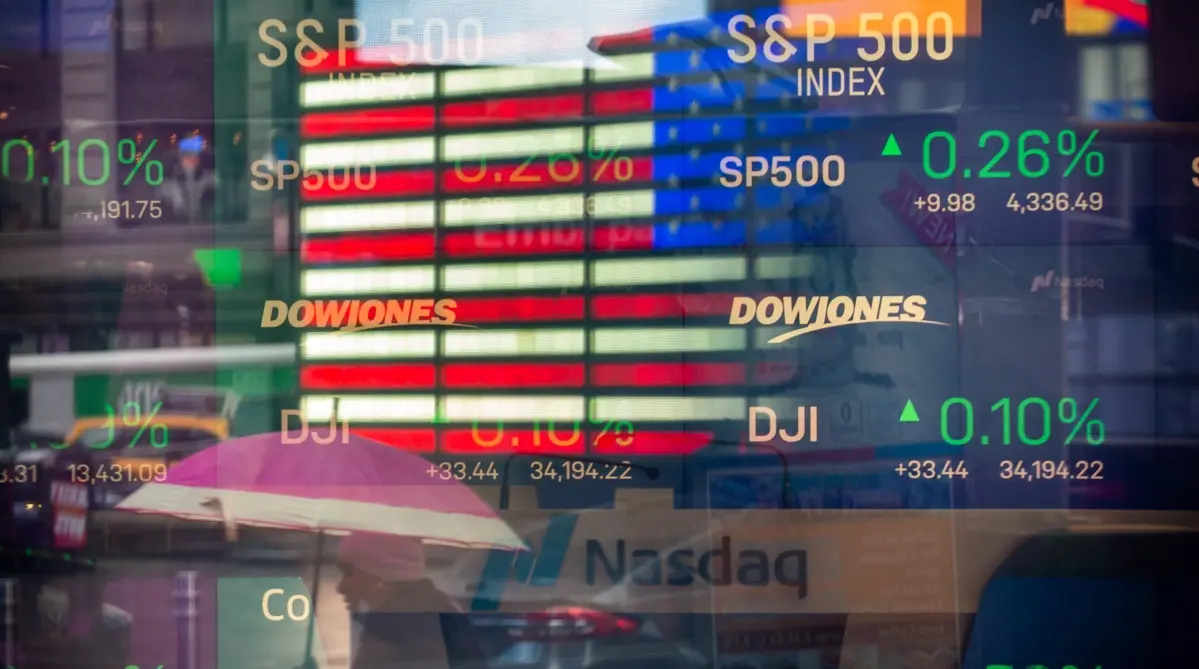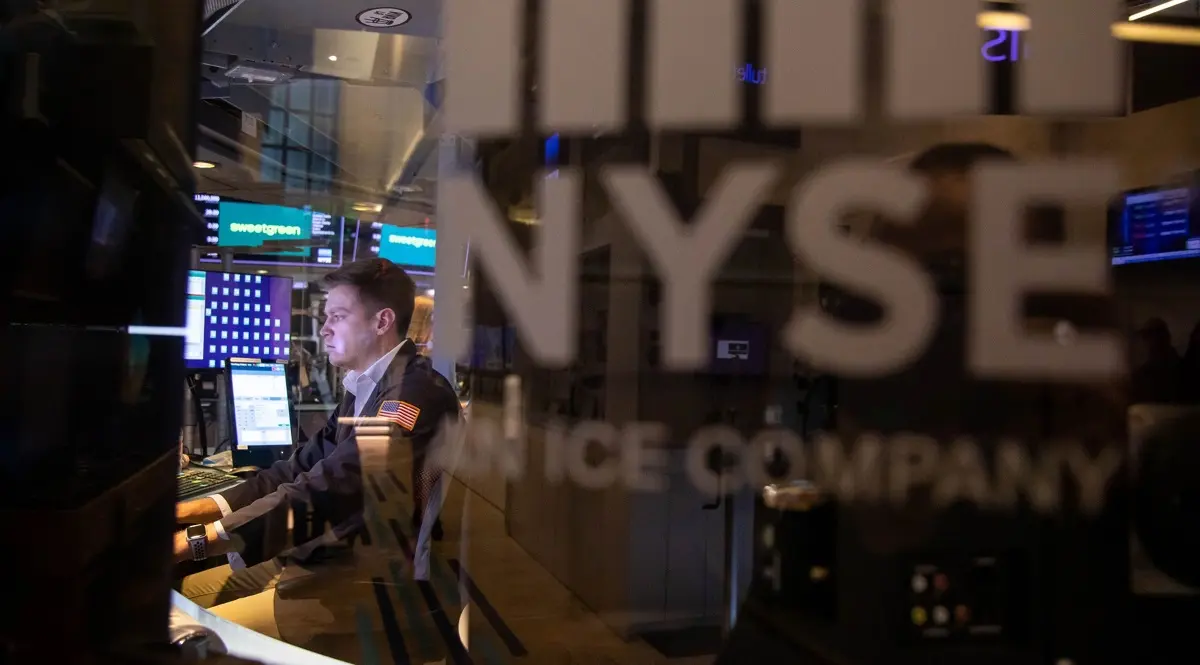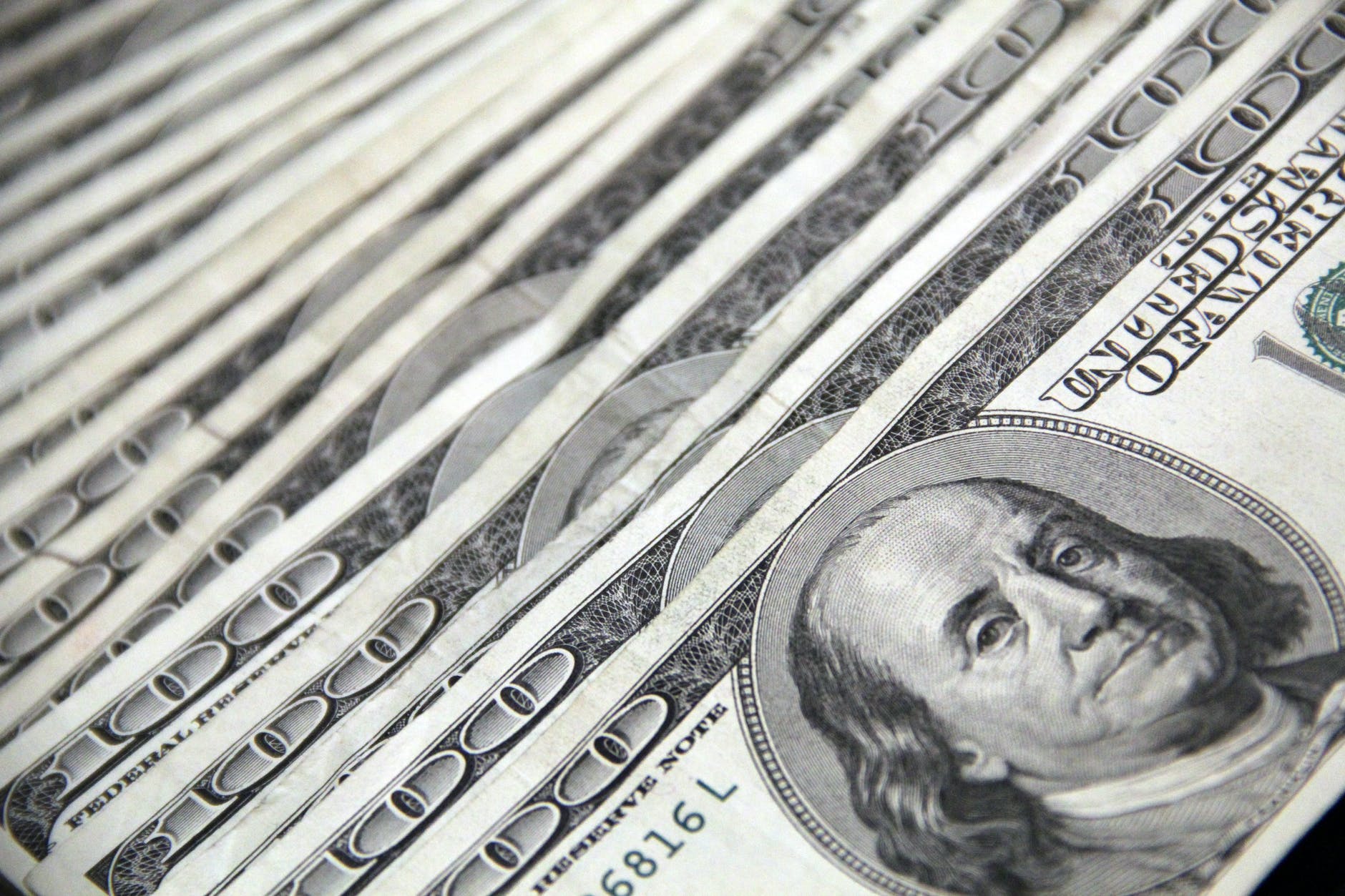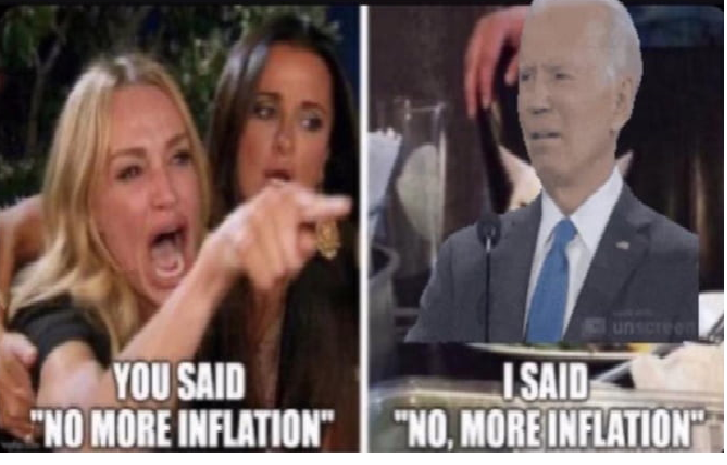US Macroeconomics Developments 2022

Expecting 2022 to be another year of growth
- Buildup of household savings during the pandemic
- Easing supply-chain condition
- Ongoing support from monetary policies

Supply chain bottlenecks are beginning to ease. The flow of goods could soon be back to normal.

Inflation should start to subside by the middle of 2022, but the early part of the year may see little relief from 2021’s runup in prices..

•A few million workers could return to the job market if pandemic stresses fade, but labor shortages are likely to persist.
Inflationary Pressure
Strong inflationary pressure could persist through the first part of 2022, only to ease as the economy moves back into equilibrium.
- Prices did not begin rising rapidly until the spring of 2021, so year-over-year figures will be elevated through the first quarter even if prices stabilize sooner.
- Shipping bottlenecks are beginning to ease, but it will take months before imported components such as microchips find their way into cars, appliances and other finished goods. In the meantime, supply shortages may continue to push up retail prices for scarce goods.
- By the second half of 2022, the flow of goods should be closer to normal, greatly reducing inflationary pressure.
- In a November announcement, the Federal Reserve’s Federal Open Market Committee described long-term inflation expectations as “well anchored” at the 2% target.
Supply Chains
Shipping bottlenecks are already easing. The wait time for ships docking at the Port of Los Angeles is shortening, and more ships are departing U.S. ports loaded. Solid progress, but it will take more time before the flow of retail goods returns to normal.
- Asian manufacturers are back online. Export-focused economies such as Vietnam, Malaysia and Thailand are vaccinating a comparatively large share of their population. That makes another round of factory shutdowns in these economies unlikely.
- Demand for goods may ease in 2022 as the mix of consumption moves back toward services.
- The Bureau of Transportation Statistics’ Freight Transportation Services Index (TSI) measures the amount of freight carried across the country. In the most recent report, the TSI rose 1.3% to reach 135.8, ending a four-month decline. That’s right at pre-pandemic levels!
Labour Shortages
Strong demand for labor should entice the last of the pandemic’s workforce dropouts to rejoin the job market, but demographic trends may still drive a long-term worker shortage. Even a return to pre-pandemic labor market participation rates and higher wages won’t reverse the aging of the American workforce or the slowing of immigration flows.
- Between 4 million and 5 million workers have yet to return to the job.
- Some are struggling to find childcare, while others with chronic health conditions may feel that their workplaces are still unsafe.
- With children back in school and booster shots widely available, the strong labor market should lure many workers back.
- The labor market should be highly favorable for workers reentering in 2022, with 10 million unfilled openings and a record-high 30% of small businesses planning to raise wages.
Demand Remains Robust
Strong household balance sheets, depleted inventories and federal infrastructure spending are poised to drive economic demand in 2022. Personal consumption expenditures have risen 12% since 2020, and the ratio of disposable income to household net worth is nearing a record high.
- Government stimulus, along with the booming equities and real estate markets, have combined to create approximately $2.5 trillion in excess household savings. Those strong household finances should translate into another year of robust consumer demand in 2022.
- Supply chain disruptions depleted retail inventories, but as the flow of merchandise resumes, restocking backlogs could boost demand for manufactured goods by 6%.
- The recently passed federal infrastructure bill promises to fund a wide array of construction projects over the coming decade.
Policy Neutral FED
A favorable economic environment could set the stage for a shift toward neutral monetary policy. The Fed has begun to taper its bond buying program, and asset purchases are scheduled to phase out by March 2022. Powell expecting three rate hikes in 2022 of a 25 basis points each.
- Indication of a vibrant recovery
- Setting stage for economy to enter expansionary phase
- Earnings continues to beat estimates
S&P 500 Earnings – Q3 2021

Business Cycle – US moving into Mid-Cycle

Performance of Assets during different Business Cycle

Sectors Benefiting from Rate Hikes
Financials
- Banks – With profit margins that expand as rates climb, entities like banks, insurance companies, brokerage firms, and money managers generally benefit from higher interest rates.
- Insurance companies – Insurance stocks can flourish as rates rise. In fact, the relationship between interest rates and insurance companies is linear, meaning the higher the rate, the greater the growth.
- Brokers – A healthy economy sees more investment activity and brokerage firms also benefit from increased interest income when rates move higher.
Consumer Discretionary/ Travel
- Improving employment, coupled with a healthier housing market, makes consumers more likely to splurge on purchases outside of the realm of consumer staples (food, beverages, and hygiene goods).
- With increasing disposable income and pent-up demand from the pandemic, travel industry will also benefit.
The last time when FED tightened (2013 – 2015) S&P 500 and NASDAQ

The last time when FED tightened (2013 – 2015) Financial, Consumer Discretionary and Technology

The last time when FED tightened (2013 – 2015) Consumer Discretionary and Travel-related stocks

Potential Risks
- Covid-19 – Situations remain fluid and many unknowns about the new Omicron virus could prolong distortions in the economy. This will delay global reopening and worsen supply-chain disruption heading into 2022.
- Worsening Inflation – As discussed earlier, I am expecting the inflationary pressure to ease in the second half of 2022. However, new development/ disruption may alter this assumption. A runaway inflation may cause heavy disruption to capital markets.
- US-China relationship – This is one area which investors will need to watch out for in 2022 as worsening of this relationship will dampen investors’ confidence.
- China Property Sector – A hard-landing (uncontrolled defaults) will impact global markets and investors sentiments negatively.


